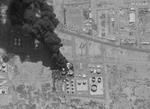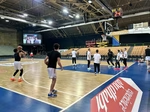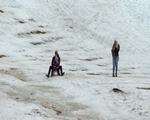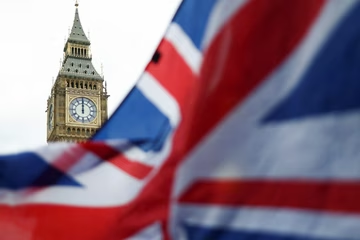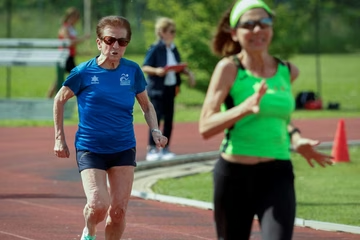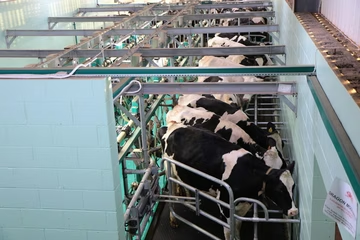Truck carrying 35 Srebrenica victims passes through Sarajevo

A truck carrying the remains of 35 newly identified victims of the Srebrenica genocide passed on Monday through the capital on its way to the Srebrenica Memorial Centre where the bodies will be laid to rest on July 11.
Oglas
The truck left from a morgue in the central Bosnian town of Visoko, where members of the victim’s families had gathered to see their loved ones take their final journey.
"These 35 coffins, which we have gathered to pay respects to today, remind of a search for justice, the protection of the truth and the punishment for the perpetrators," Visoko’s Mayor, Amra Babic, said before the truck took off from her town.
Like every year, the truck briefly stopped in front of Bosnia’s Presidency building in Sarajevo, where officials and citizens gathered to pray and tuck flowers into the its canvas.
Oglas
The truck is to arrive in Srebrenica late Monday and the coffins will be unloaded in a former factory across the Memorial Centre in the suburb of Potocari, where more than 6,000 identified victims of what is known as the worst crime committed on European soil since World War II were buried over the years.
It is important to spread the word about what happened in Srebrenica and in the rest of Bosnia, said the Head of the Mothers of Srebrenica and Zepa Enclaves association, Munira Subasic.
The youngest victim of the 1995 massacre to be buried this year is 16-year-old Vesid Ibric, while the oldest is 71-year-old Sahin Halilovic. A woman is among those to be buried as well, Remzija Dudic, who was 20 years old and pregnant at the time of death.




Anadolija | Anadolija
Više
Anadolija | Anadolija
Više
Anadolija (AA) | Anadolija (AA)
Više
N1 | N1
Više
N1 | N1
Više
N1 | N1
Više
N1 | N1
Više
N1 | N1
Više
N1 | N1
VišeOn July 11, 1995, Bosnian Serb forces overran the eastern Bosnian enclave and rounded up the town’s Muslim Bosniaks, separated men from women and little children and systematically executed some 8,000 men and boys.
Oglas
Two international courts, The International Criminal Tribunal for the Former Yugoslavia and the World Court later ruled that the massacre was an act of genocide.
The bodies of the victims were dumped into numerous mass graves in the area.
Forensic experts excavated them and identified the bones through DNA analysis before returning the bodies to the families. Those rebury them every year on July 11 at the Memorial Centre’s cemetery.
Kakvo je tvoje mišljenje o ovome?
Učestvuj u diskusiji ili pročitaj komentare
Oglas
Kakvo je tvoje mišljenje o ovome?
Učestvuj u diskusiji ili pročitaj komentare
Oglas





 Srbija
Srbija
 Hrvatska
Hrvatska
 Slovenija
Slovenija















